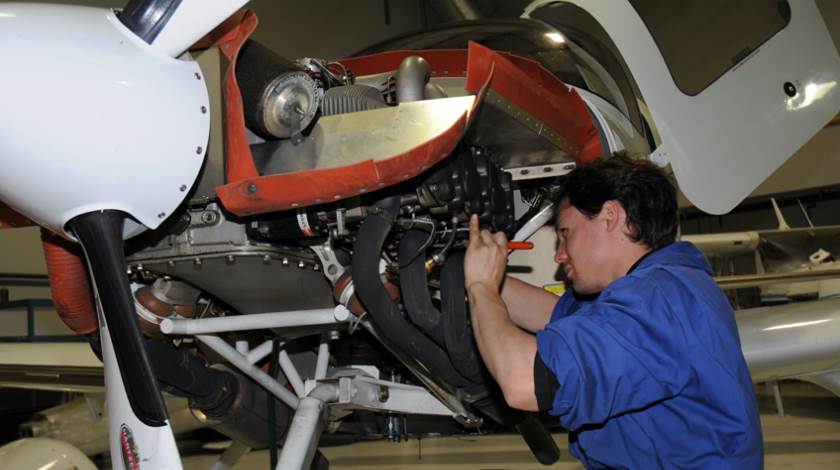As part of an EASA initiative to reduce the burden on the General Aviation Community, EASA have removed the requirement for owners of privately used light aircraft, known as ELA1*, to have their Aircraft Maintenance Programme (AMP) approved by the National Aviation Authority.
Owners of ELA1 aircraft can now decide on what maintenance is required for their aircraft. The administrative burden of submitting it to the Authority for approval has been removed.
The owner may choose between:
- Manufacturer’s Programme (e.g. Cessna Service Manual Chapter 2 and Continental Engine Manual requirements); or
- EASA’s Minimum Inspection Programme (MIP).
The owner may not use an AMP which is less restrictive than the MIP.
Mandatory Maintenance
The owner MUST include any applicable mandatory maintenance tasks in their AMP. These may be;
- Repetitive Airworthiness Directives,
- Airworthiness Limitation Items of the Instructions for Continuing Airworthiness (as defined by the manufacturer),
- Specific maintenance requirements contained in the Type Certificate Data Sheet.
Non-Mandatory Maintenance
The owner must review any manufacturer’s recommendations, known as Design Approval Holder’s recommendations. These may be;
- Maintenance of installed equipment and modifications of the aircraft, when not included in mandatory maintenance,
- Maintenance recommendations, such as Time Between Overhaul (TBO) intervals, recommended through Service Letters, Service Bulletins, Service Manual tasks etc.,
- Manufacturer’s recommended maintenance programme, often contained in the POH or Service Manual.
The owner may deviate from these, or omit them from the AMP. The owner must, however, note that they have reviewed the recommendations and are deviating from them or omitting them entirely. The owner is fully responsible for any deviations from the manufacturer’s recommendations. Such deviations do not need to be justified by the owner. Deviating from the manufacturer’s recommendations may invalidate your warranty!
Aircraft Maintenance Programme Template
EASA have published a standard Aircraft Maintenance Programme template. This is available on the IAA website. The aircraft owner should complete this, and indicate that they wish to Self-Declare their AMP.
You don’t have to attach the MIP, if you’re using the MIP; just tick the box. You don’t have to type out all the Pilot-Owner maintenance tasks, just deviations from the EASA published list.
You may contract your CAMO to help with filling this out, even if you ‘self-declare’ the content.
Informing the IAA
The owner, using a Self-Declared AMP, is not required to get any approval from the IAA or a CAMO. If the aircraft is already on an approved AMP, the owner must cancel it, as an aircraft may only be on one AMP at a time.
AAM 02-15 gives more information as to how to cancel the approved AMP.
What’s coming next?
EASA has published a General Aviation Road Map, outlining how they will reduce the burden on the General Aviation community. The next phase in this process, from a Part M or airworthiness point of view, involves reviewing the possibility of;
- Extending the alleviations, such as ‘Self-Declared’ AMPs to ELA2 aircraft;
- Granting more privileges to individuals, for example allowing a Part 66 holder to perform the ARC review;
- Simplifying the requirements of defect deferment.
Source: flyinginireland.com
Photo: aerotech-uk.co.uk

